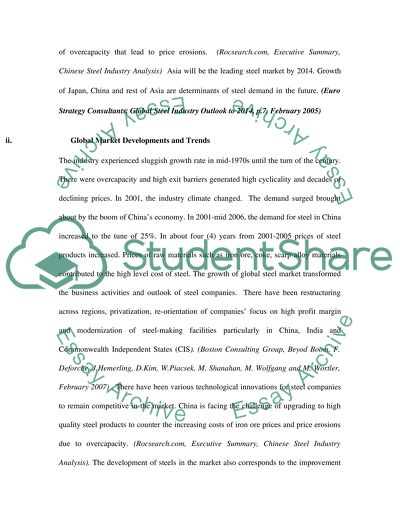Cite this document
(“Coporate Strategy about global steel manufacture industry Essay”, n.d.)
Coporate Strategy about global steel manufacture industry Essay. Retrieved from https://studentshare.org/miscellaneous/1529597-coporate-strategy-about-global-steel-manufacture-industry
Coporate Strategy about global steel manufacture industry Essay. Retrieved from https://studentshare.org/miscellaneous/1529597-coporate-strategy-about-global-steel-manufacture-industry
(Coporate Strategy about Global Steel Manufacture Industry Essay)
Coporate Strategy about Global Steel Manufacture Industry Essay. https://studentshare.org/miscellaneous/1529597-coporate-strategy-about-global-steel-manufacture-industry.
Coporate Strategy about Global Steel Manufacture Industry Essay. https://studentshare.org/miscellaneous/1529597-coporate-strategy-about-global-steel-manufacture-industry.
“Coporate Strategy about Global Steel Manufacture Industry Essay”, n.d. https://studentshare.org/miscellaneous/1529597-coporate-strategy-about-global-steel-manufacture-industry.


